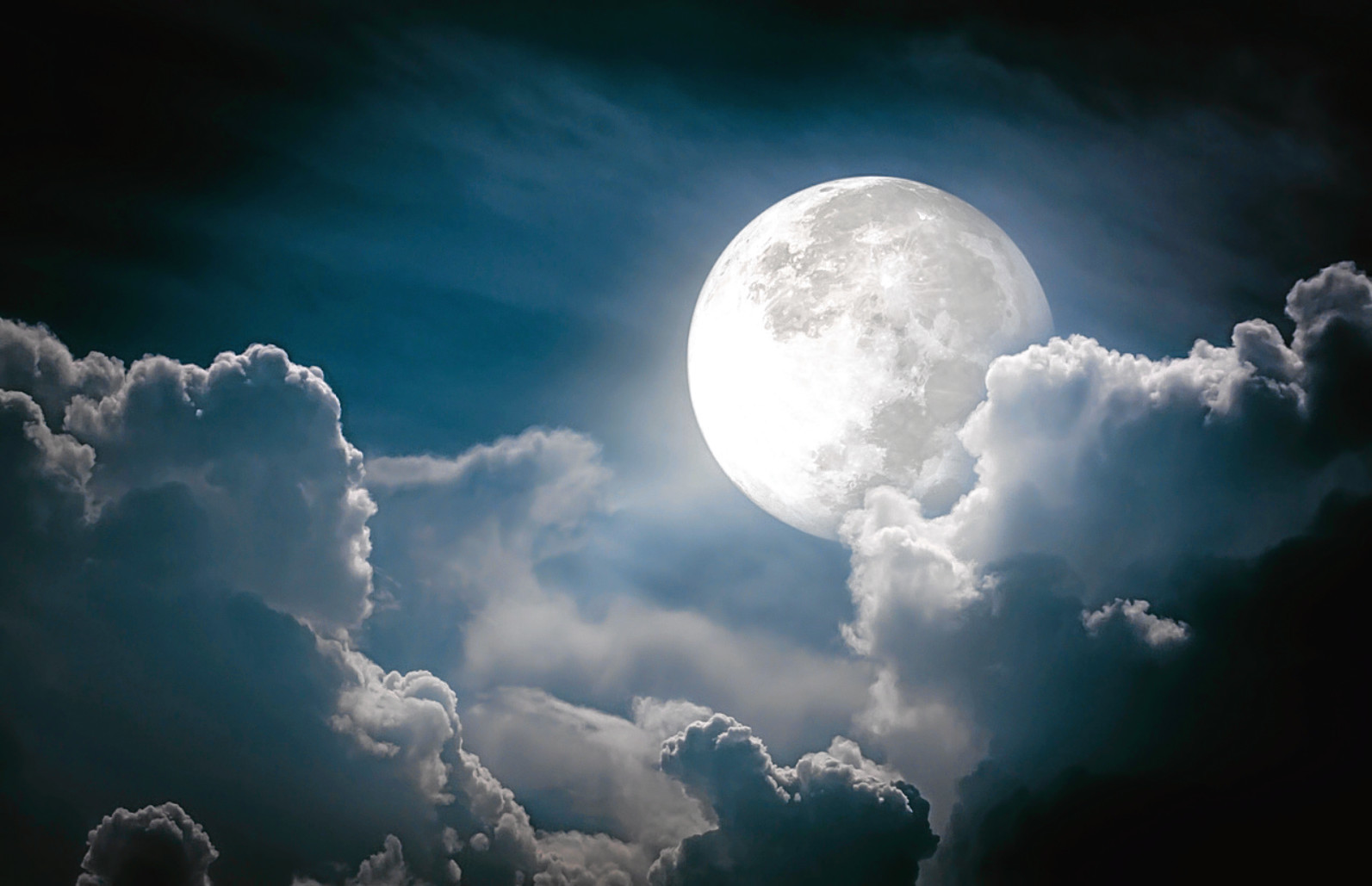
IT came from Edinburgh’s Royal Mile, via the Sun, and it proved there was life on the moon.
Surely, the Great Moon Hoax was one of the best, and naughtiest, fake news stories ever.
The Sun was the New York Sun, who published it, claiming that they had taken it from the Edinburgh Courant, a Scottish paper based in Edinburgh’s Royal Mile.
The pretence didn’t end there, as they also claimed that Sir John Herschel, one of the day’s foremost astronomers, had made the discovery.
And what was that? Not only that there was life on the moon, but an entire civilisation.
Six stories in total were published, and among the screeds of fantastic nonsense were the “facts” that the moon had amazing animals – bison, goats, unicorns, bipedal tail-less beavers, and even bat-like humanoids with wings, who had built their own temples.
The moon, they claimed, also boasted trees, oceans, beaches, and all of this had been found thanks to “an immense telescope of an entirely new principle”.
It was claimed that the author was a Dr Andrew Grant, travelling companion of Sir John.
Unlike him, Grant was completely made up. There simply was no such person.
After a while, it was announced that these life-changing observations had ended, after the special telescope had burned from the sun’s powerful rays, the glass going on fire and the whole observatory being incinerated.
Did anyone believe this stuff, or go out and buy The New York Sun, to read it? Oh, yes!
Its circulation increased dramatically, it’s said, and sales stayed much higher even after the moon stories dried up.
Several weeks after the final tale, in fact, it was still selling like hotcakes, and the paper never actually published an apology or a retraction.
It had done so well, and so many wanted to believe it, that it seemed rather pointless.
Herschel himself was miffed, to say the least, noting drily that his real observations could never be so thrilling, and it irritated him somewhat when gullible folk who believed the whole thing asked him endless questions about it all.
Edgar Allan Poe also got involved, as he reckoned the whole thing had been pinched from his work, The Unparalleled Adventure Of One Hans Pfaal.
Poe, in fact, had already published a Moon hoax of his own – clearly, then as now, many of us desperately wanted to believe there is life up there, somewhere.
And why not? If it turns out to be true, it’ll be quite a story!

Enjoy the convenience of having The Sunday Post delivered as a digital ePaper straight to your smartphone, tablet or computer.
Subscribe for only £5.49 a month and enjoy all the benefits of the printed paper as a digital replica.
Subscribe